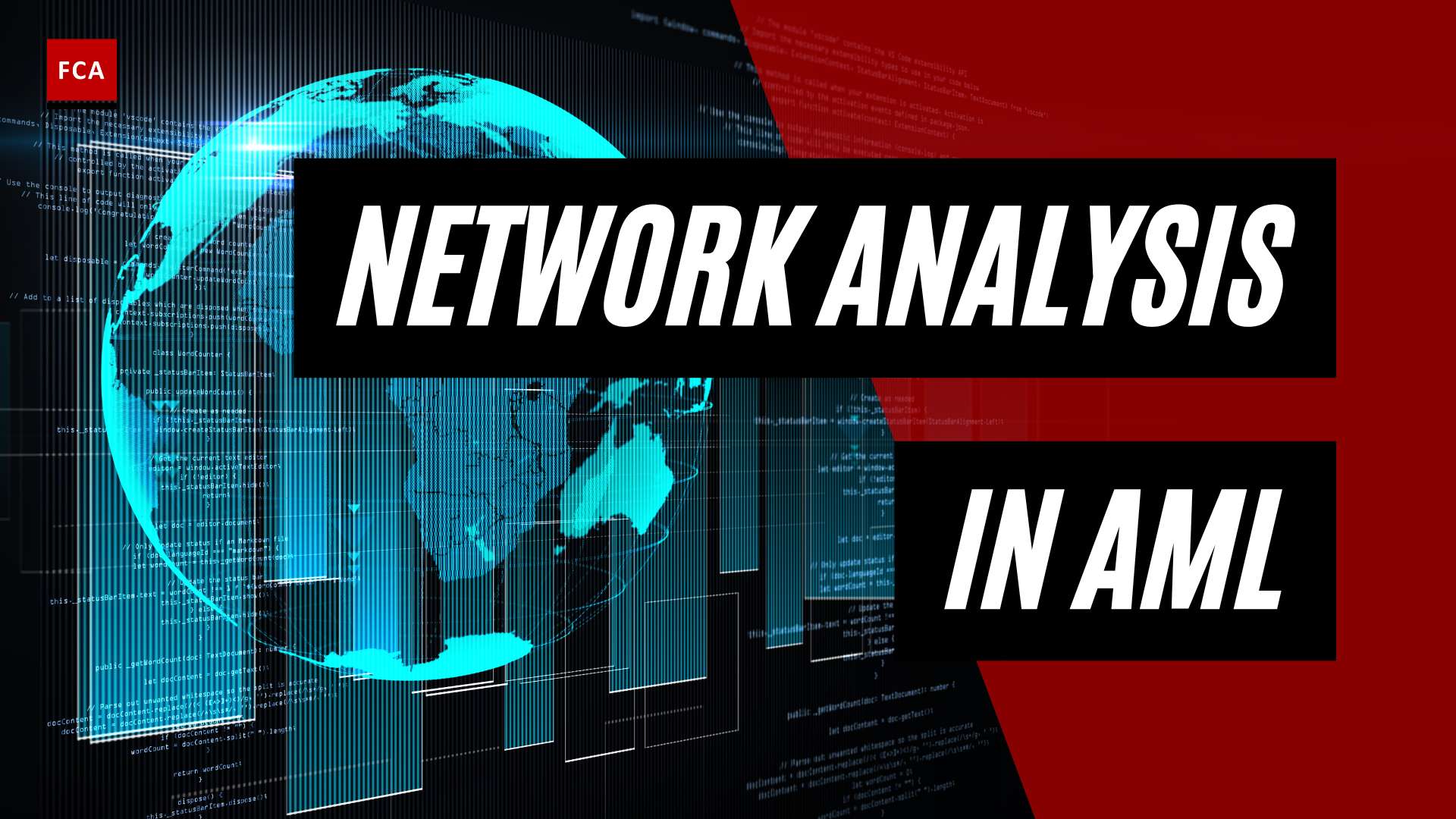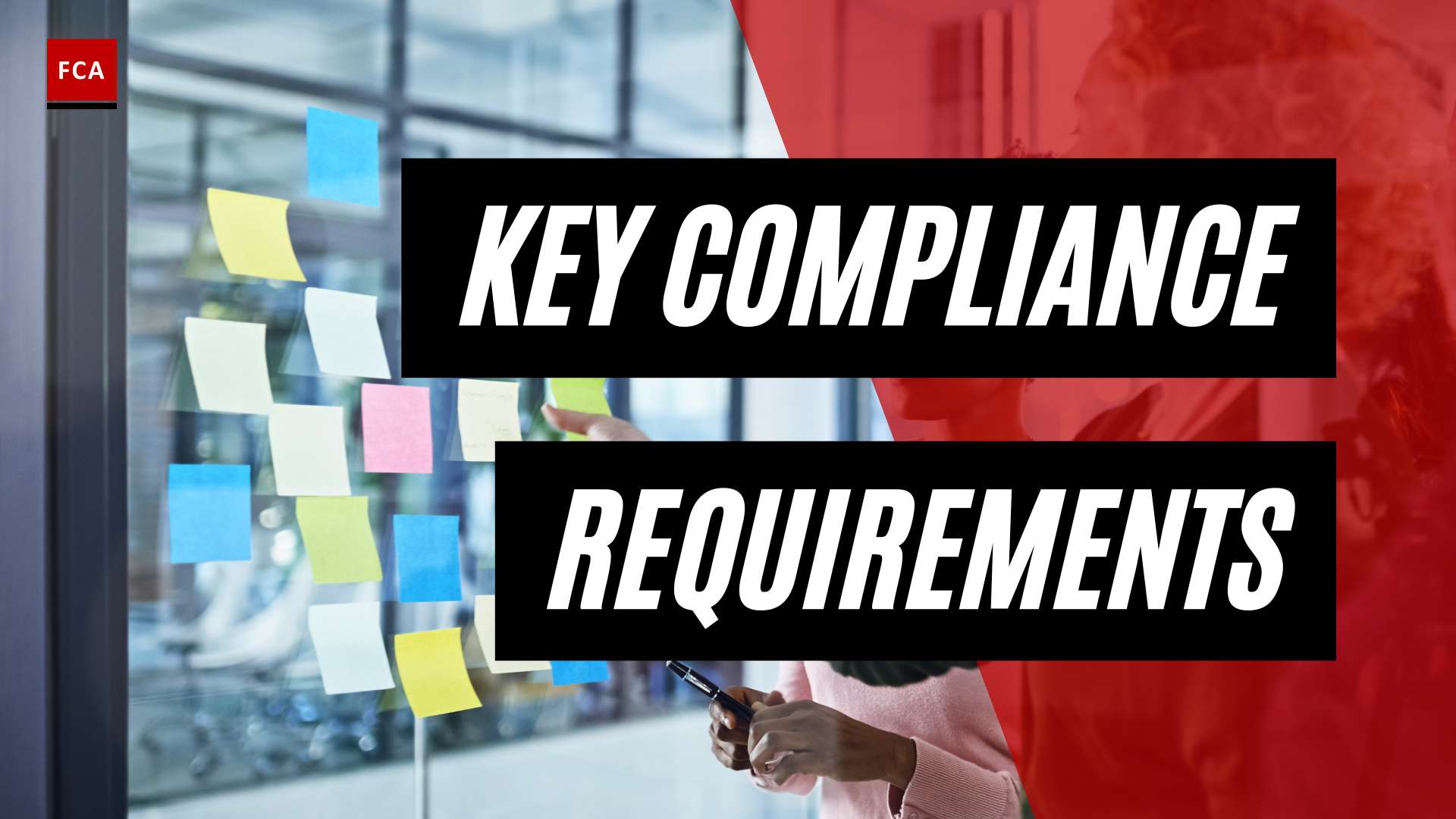Understanding Sanctions Screening
To effectively combat financial crimes such as money laundering, terrorist financing, and other illicit activities, financial institutions and organizations employ sanctions screening tools as a crucial component of their compliance efforts. This section will provide an overview of what sanctions screening is and highlight its importance in preventing financial crimes.
What is Sanctions Screening?
Sanctions screening is a process that involves the identification and analysis of individuals, organizations, or entities against various sanctions lists and watchlists. These lists are compiled by regulatory bodies, such as the United Nations (UN) and the Office of Foreign Assets Control (OFAC), to identify individuals or entities involved in illegal activities or those subject to economic sanctions.
Financial institutions and businesses are legally obligated to screen their customers, clients, and transactions against these sanctions lists to ensure compliance and mitigate the risk of engaging in illicit financial activities. Sanctions screening tools automate this process by comparing customer data and transaction details against the lists, flagging any potential matches for further investigation.
Importance of Sanctions Screening in Financial Crime Prevention
Sanctions screening plays a vital role in the prevention of financial crimes. By identifying and flagging individuals or entities on sanctions lists, financial institutions can avoid engaging in transactions that could potentially fund criminal activities or violate international sanctions. Here are a few key reasons why sanctions screening is of utmost importance:
-
Compliance with Regulatory Requirements: Financial institutions must adhere to regulatory guidelines imposed by authorities such as the Financial Action Task Force (FATF) and local regulatory bodies. Failure to comply with these requirements can result in severe penalties, reputational damage, and legal consequences.
-
Risk Mitigation: Sanctions screening helps organizations identify and manage risks associated with money laundering, terrorist financing, and other financial crimes. By screening customers, clients, and transactions, organizations can identify high-risk entities and take appropriate action to mitigate potential risks.
-
Preventing Financial Loss: Engaging in transactions with sanctioned individuals or entities can lead to financial losses, legal liabilities, and reputational damage. Sanctions screening helps organizations avoid such risks by proactively identifying and preventing transactions involving sanctioned parties.
-
Preserving Reputation and Trust: Ensuring compliance with sanctions screening requirements demonstrates an organization’s commitment to ethical business practices and regulatory compliance. This helps build trust with customers, partners, and stakeholders while safeguarding the organization’s reputation.
By implementing robust sanctions screening tools, organizations can enhance their anti-money laundering (AML) compliance efforts, contribute to global security, and protect themselves from potential legal and financial risks associated with financial crimes.
In the next sections, we will delve into the different types of sanctions lists and the various sanctions screening tools available to organizations. Stay tuned to learn more about this crucial aspect of financial crime prevention.
Types of Sanctions Lists
Sanctions screening involves checking individuals, entities, and transactions against various sanctions lists to ensure compliance with regulatory requirements and prevent financial crimes. Here are three common types of sanctions lists that financial institutions and organizations use for screening purposes:
United Nations (UN) Sanctions Lists
The United Nations maintains a series of sanctions lists that cover different regions and countries. These lists are designed to promote international peace and security by imposing restrictions on individuals, groups, or entities involved in activities such as terrorism, nuclear proliferation, arms trafficking, and human rights violations. The UN sanctions lists are widely recognized and implemented by countries around the world.
Examples of UN sanctions lists include the Security Council’s Al-Qaida and Taliban Sanctions List, which targets individuals and organizations associated with these extremist groups. Additionally, the UN Security Council maintains separate sanctions lists for specific regions or countries, such as North Korea, Iran, and Libya.
Office of Foreign Assets Control (OFAC) Sanctions Lists
The Office of Foreign Assets Control, part of the U.S. Department of the Treasury, administers and enforces economic and trade sanctions based on U.S. foreign policy and national security goals. OFAC maintains several sanctions lists that encompass individuals, entities, and countries subject to economic and trade restrictions. These lists include the Specially Designated Nationals and Blocked Persons (SDN) List, the Non-Cooperative Countries and Territories (NCCT) List, and the Sectoral Sanctions Identifications (SSI) List.
The SDN List is particularly important as it identifies individuals and entities that U.S. persons are generally prohibited from conducting business with. Financial institutions and organizations globally often reference the OFAC sanctions lists to ensure compliance with U.S. sanctions regulations.
Other Regional and National Sanctions Lists
Apart from the UN and OFAC sanctions lists, individual countries and regional bodies maintain their own sanctions lists. These lists are tailored to address specific regional concerns, geopolitical conflicts, or national security issues. Examples include the European Union’s Consolidated List, the United Kingdom’s HM Treasury Consolidated List, and the Canadian Sanctions List.
Regional and national sanctions lists may complement global sanctions efforts or may have specific regional implications. Financial institutions operating in multiple jurisdictions must be aware of these lists to prevent engaging in prohibited transactions and comply with local sanctions regulations.
It’s important to note that sanctions lists are dynamic and subject to updates as new individuals, entities, or countries are added or removed based on evolving geopolitical situations. Financial institutions and organizations must ensure they have robust sanctions screening processes in place, utilizing sanctions screening software or sanctions screening solutions to effectively manage and stay up-to-date with the changing sanctions landscape. For more information on the sanctions screening process, refer to our article on AML sanctions screening.
By aligning with various sanctions lists, financial institutions and organizations can mitigate the risks associated with financial crimes, promote transparency, and contribute to the global efforts of combating money laundering, terrorist financing, and other illicit activities.
Sanctions Screening Tools
To effectively combat financial crimes and ensure compliance with regulatory requirements, financial institutions and organizations rely on various sanctions screening tools. These tools play a crucial role in identifying individuals and entities that are subject to sanctions or restrictions. In this section, we will explore three common types of sanctions screening tools: automated screening systems, watchlist database solutions, and risk-based approaches.
Automated Screening Systems
Automated screening systems utilize advanced technology and algorithms to streamline the sanctions screening process. These systems automate the comparison of customer data against multiple sanctions lists, such as the United Nations (UN) sanctions lists and the Office of Foreign Assets Control (OFAC) sanctions lists. By leveraging machine learning and artificial intelligence, these systems can efficiently identify potential matches and flag suspicious activities.
One of the key advantages of automated screening systems is their ability to handle large volumes of data, making them suitable for organizations with extensive customer databases. These systems can process vast amounts of information in real-time, enabling organizations to promptly respond to sanction-related risks. Moreover, automated screening systems often provide customizable configuration options, allowing organizations to tailor the screening criteria to their specific compliance requirements.
Watchlist Database Solutions
Watchlist database solutions are another essential tool for sanctions screening. These solutions provide access to comprehensive databases that contain various sanctions lists, including international, regional, and national lists. Organizations can integrate these databases into their existing systems to cross-reference customer data against the watchlists, flagging any potential matches for further investigation.
Watchlist database solutions offer up-to-date and accurate information on individuals and entities that are subject to sanctions, ensuring compliance with regulatory requirements. They allow organizations to stay informed about changes in sanctions lists and promptly identify any new additions or updates. By leveraging watchlist database solutions, organizations can enhance their screening processes and minimize the risk of inadvertently conducting business with sanctioned parties.
Risk-Based Approaches
Risk-based approaches to sanctions screening involve assessing the level of risk associated with each customer or transaction and implementing appropriate screening measures accordingly. These approaches recognize that not all customers pose the same level of risk in terms of potential sanctions violations. By adopting a risk-based approach, organizations can allocate their resources more efficiently and focus their screening efforts on high-risk individuals or entities.
To implement a risk-based approach, organizations utilize risk assessment methodologies that consider factors such as customer profiles, transaction volumes, geographical locations, and business relationships. By analyzing these factors, organizations can assign risk levels to customers and transactions, enabling them to prioritize their screening activities. Risk-based approaches help organizations strike a balance between compliance requirements and operational efficiency.
When implementing sanctions screening tools, organizations must consider factors such as their compliance requirements, scalability, customization options, and staff training. These considerations play a crucial role in selecting the most suitable tool for their specific needs. For more information on sanctions screening requirements and regulations, refer to our article on sanctions screening requirements.
As technology continues to advance, sanctions screening tools are evolving to keep pace with emerging trends. The future of sanctions screening holds promises of continuous monitoring, real-time screening, and the integration of emerging technologies. Organizations must stay informed about these developments to ensure they effectively safeguard against financial crimes and maintain compliance with regulatory standards.
Key Features and Functionality
When it comes to implementing sanctions screening tools, there are several key features and functionalities that organizations should consider. These features play a crucial role in ensuring the effectiveness and efficiency of the sanctions screening process. Let’s explore three important aspects: data integration and data sources, screening algorithms and matching logic, and workflow and case management.
Data Integration and Data Sources
Efficient data integration and access to comprehensive data sources are vital for effective sanctions screening. Sanctions screening tools should be able to seamlessly integrate with internal systems, such as customer databases, transaction monitoring systems, and other relevant data sources. This integration allows for real-time screening and minimizes the risk of overlooking potential matches.
The quality and coverage of data sources are also critical. Sanctions screening tools should have access to up-to-date and accurate sanctions lists from various regulatory bodies, including the United Nations (UN) and the Office of Foreign Assets Control (OFAC). Additionally, the ability to incorporate customized watchlists specific to an organization’s risk profile is essential. Robust data integration and access to diverse data sources enhance the accuracy and efficiency of the screening process.
Screening Algorithms and Matching Logic
The effectiveness of sanctions screening tools relies on sophisticated screening algorithms and matching logic. These algorithms compare the data of individuals, entities, or transactions against the sanctions lists and watchlists. The screening algorithms should be capable of handling large volumes of data and performing high-speed matching to minimize false positives and false negatives.
Matching logic plays a crucial role in determining the level of sensitivity and specificity of the screening process. Organizations should have the flexibility to configure matching rules based on their risk appetite and regulatory requirements. Fine-tuning the matching logic helps strike a balance between identifying true matches and reducing the number of false positives, which can be time-consuming to investigate. Organizations should ensure that their chosen sanctions screening tool offers configurable matching logic to align with their specific needs.
Workflow and Case Management
Efficient workflow and case management functionalities are essential for managing the results generated by the sanctions screening process. When a potential match is identified, sanctions screening tools should provide a systematic workflow that guides the review and investigation process. This includes generating alerts, assigning cases to appropriate personnel, tracking the progress of investigations, and documenting the outcomes.
Workflow and case management features should support collaboration among different teams involved in the screening process, such as compliance, risk management, and legal departments. The ability to add comments, notes, and attachments within the tool ensures a comprehensive audit trail and facilitates effective communication between team members. Additionally, the tool should have reporting capabilities to provide insights into screening activities and outcomes, enabling organizations to demonstrate compliance with sanctions screening requirements and regulatory obligations.
By considering these key features and functionalities, organizations can select sanctions screening tools that align with their compliance objectives and risk management strategies. The seamless integration of data sources, robust screening algorithms, and efficient workflow and case management contribute to a robust and effective sanctions screening process. To stay ahead of emerging trends in sanctions screening, organizations should explore the potential of real-time sanctions screening and leverage global sanctions screening solutions.
Considerations for Implementing Sanctions Screening Tools
Implementing effective sanctions screening tools is a crucial step in safeguarding financial institutions against potential risks and ensuring compliance with regulatory requirements. When considering the implementation of such tools, several key factors need to be taken into account.
Compliance Requirements
Compliance with sanctions screening regulations is of utmost importance for financial institutions. Sanctions lists are constantly evolving and being updated, making it essential to stay up-to-date with the latest changes. Therefore, when implementing sanctions screening tools, it is crucial to ensure that the tools are capable of effectively screening against all relevant sanctions lists, including global, regional, and national lists. This ensures comprehensive coverage and reduces the risk of overlooking any potential matches.
To meet compliance requirements, it is important to choose sanctions screening tools that offer regular updates and access to the latest sanctions lists. Additionally, the tools should provide customizable rule sets and allow for the configuration of screening parameters based on the institution’s risk appetite and specific compliance needs. For more information on sanctions screening requirements, refer to our article on sanctions screening requirements.
Scalability and Customization
Financial institutions vary in size and complexity, and their sanctions screening requirements may differ accordingly. When implementing sanctions screening tools, it is essential to consider scalability and customization capabilities. The tools should be able to handle the institution’s transaction volume efficiently without compromising accuracy and performance.
Scalable sanctions screening tools can adapt to changing business needs and handle increasing volumes of data as the institution grows. Customization options allow institutions to tailor the screening process to their specific requirements, such as applying different risk levels to different customer segments or business lines. This flexibility ensures that the tools can be aligned with the institution’s operational workflows and risk management strategies.
Staff Training and User Support
Proper training and user support are vital for the successful implementation and utilization of sanctions screening tools. It is important to ensure that the relevant staff members receive comprehensive training on how to operate the tools effectively and interpret screening results accurately. This includes understanding false positive and false negative matches, as well as the process for investigating potential hits.
Additionally, ongoing user support should be provided to address any questions or issues that may arise during the implementation and day-to-day usage of the tools. This support can be in the form of user manuals, online resources, or dedicated help desks. By investing in proper training and user support, financial institutions can maximize the effectiveness of the sanctions screening tools and minimize the risk of errors or compliance gaps.
By considering compliance requirements, scalability and customization, and staff training and user support, financial institutions can make informed decisions when implementing sanctions screening tools. These considerations ensure that the chosen tools align with regulatory requirements, adapt to the institution’s needs, and are effectively utilized by the relevant staff. This ultimately strengthens the institution’s ability to detect and prevent financial crimes and maintain a robust anti-money laundering (AML) compliance framework.
The Future of Sanctions Screening
As technology continues to advance, the landscape of sanctions screening is constantly evolving. Emerging technologies and trends are shaping the way financial institutions and organizations safeguard against financial crimes. In this section, we will explore some of these developments and discuss the importance of continuous monitoring and real-time screening in sanctions screening processes.
Emerging Technologies and Trends
Advancements in technology have paved the way for innovative solutions in sanctions screening. Machine learning, artificial intelligence (AI), and natural language processing (NLP) are increasingly being integrated into sanctions screening tools. These technologies enhance the ability to detect and analyze complex patterns, enabling more accurate identification of potential matches against sanctions lists.
Additionally, the use of big data analytics allows for better risk assessment and identification of suspicious activities. By analyzing a vast amount of data, including transactional data and customer information, financial institutions can identify unusual patterns and behaviors that may indicate potential sanctions violations.
Furthermore, the adoption of cloud-based solutions has enabled easier access to sanctions screening tools, making them more scalable and cost-effective for organizations of all sizes. Cloud-based solutions also facilitate seamless updates and integration with other compliance systems.
Continuous Monitoring and Real-Time Screening
Traditionally, sanctions screening involved periodic batch screening processes, where customer data was screened against sanctions lists at predetermined intervals. However, with the increasing complexity and volume of financial transactions, continuous monitoring and real-time screening have become essential in combating financial crimes.
Continuous monitoring involves ongoing surveillance of customer data and transactions to detect any changes or updates that may impact their sanctions status. This allows for immediate identification of potential matches against sanctions lists, enhancing the effectiveness of sanctions screening processes.
Real-time screening, on the other hand, enables instant screening of customer data and transactions as they occur. By integrating sanctions screening tools directly into the transactional systems, organizations can identify and prevent potential violations in real-time, minimizing the risk of non-compliance.
Implementing continuous monitoring and real-time screening requires robust sanctions screening systems that can handle high volumes of data and provide instantaneous results. These systems should have advanced screening algorithms, efficient data integration capabilities, and seamless workflow and case management functionalities.
By embracing emerging technologies, adopting continuous monitoring practices, and implementing real-time screening capabilities, financial institutions and organizations can enhance their sanctions screening processes and stay ahead in the fight against financial crimes.
As the future of sanctions screening unfolds, it is crucial for organizations to stay informed about emerging technologies and industry trends. Compliance with sanctions screening regulations and adherence to sanctions screening requirements remain paramount for maintaining an effective AML compliance framework. Utilizing advanced sanctions screening software and exploring comprehensive sanctions screening solutions will enable organizations to adapt to the evolving landscape of global sanctions screening.








